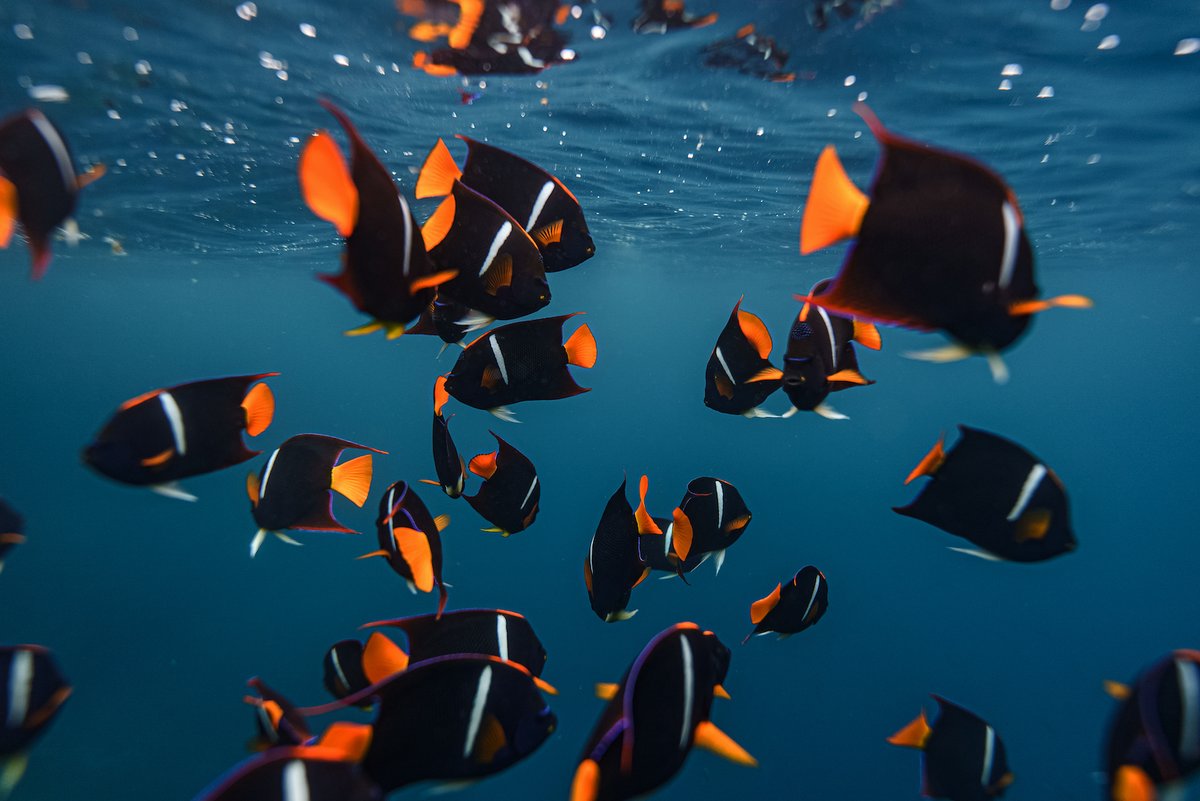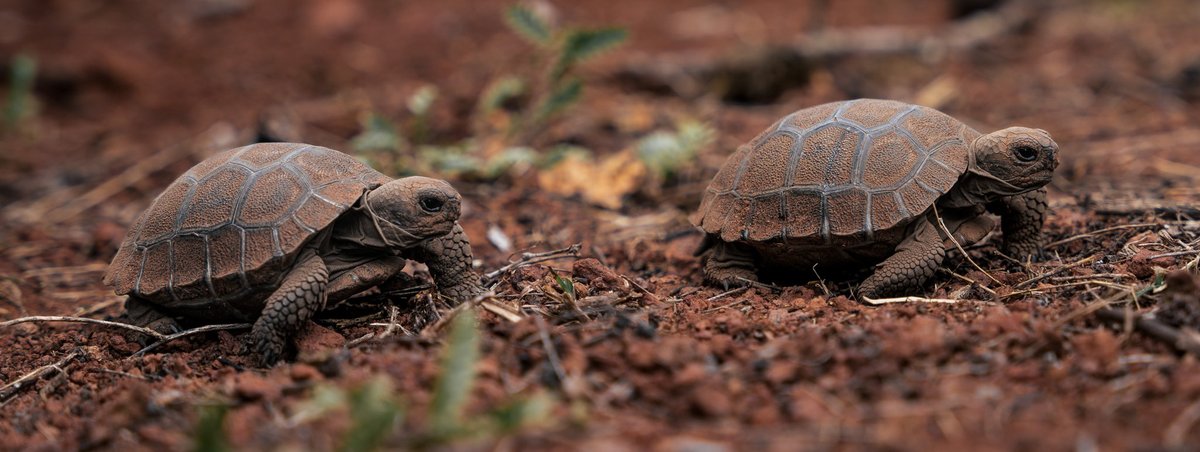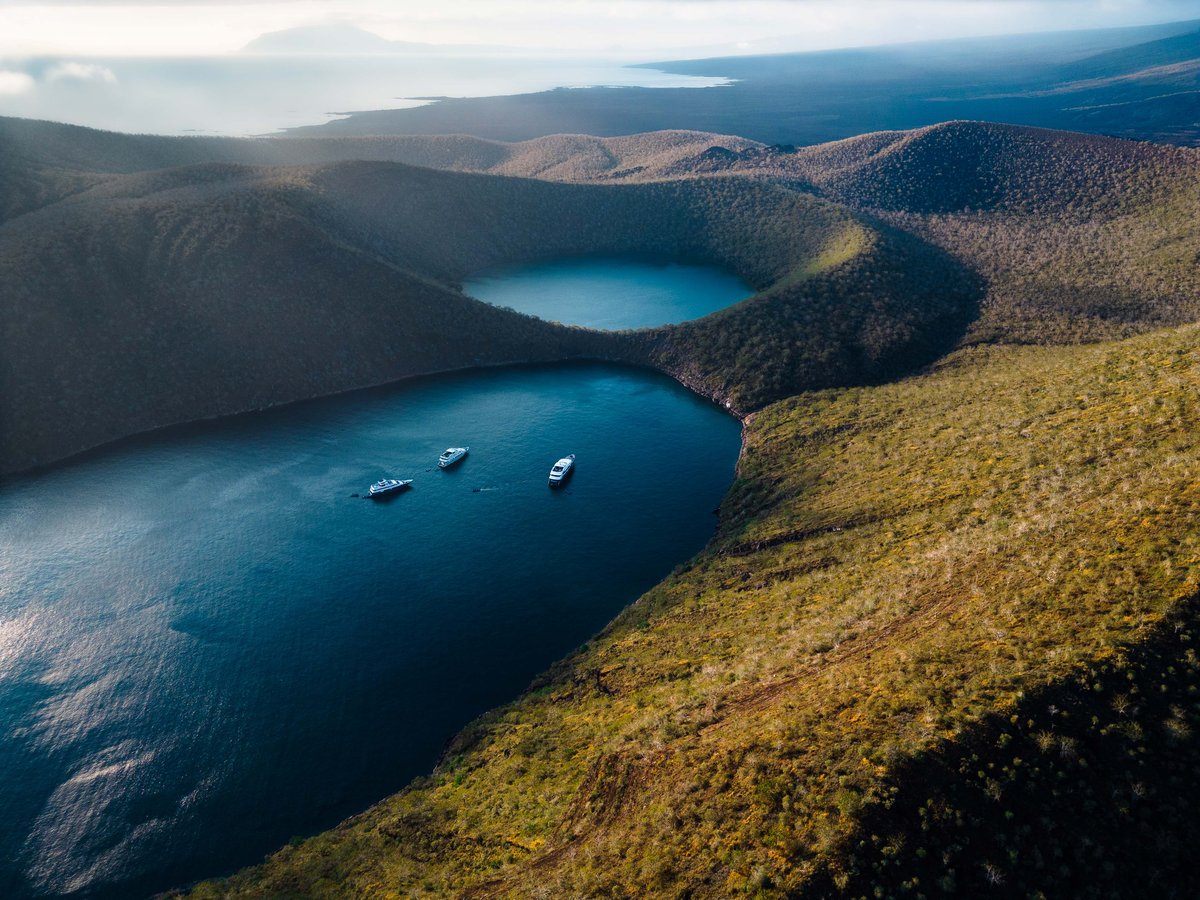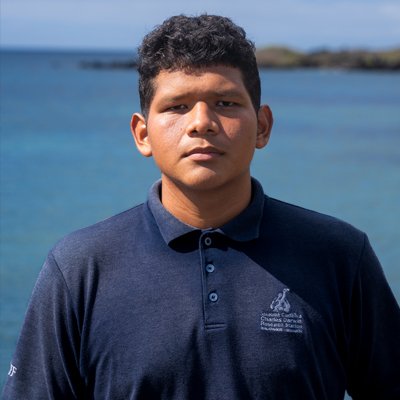
Danyer Zambrano
Field Assistant
Danyer arrived to Floreana Island when he was only two years old. As he grew up on the island, he always enjoyed the idea of living in a green environment full of natural life, as well as learning and contributing to its conservation. He finished high school in Guayaquil, acquiring more knowledge so that when he returned to Floreana he enthusiastically collaborated in environmental conservation and learned to preserve and live in a green environment full of life.
Thanks to his performance, he joined the Charles Darwin Foundation as a field assistant on the island where he grew up loving nature. As part of the Galapagos Verde 2050 Program team, Danyer will contribute locally to the restoration and conservation of native and endemic species on Floreana.
Danyer's programs
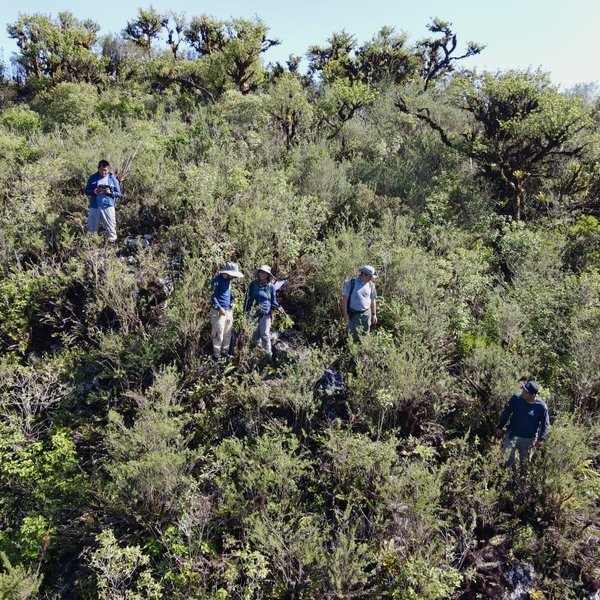
Land
Conservation of threatened plant speciesMore than half of the endemic plant species in Galapagos are currently classified as threatened. The potential loss of these imperiled species not only disrupts ecosystem integrity, but also jeopardizes the survival of iconic native fauna that depend on it. We are updating the IUCN Red List of endangered plant species of Galapagos in order to enable targeted species conservation actions.
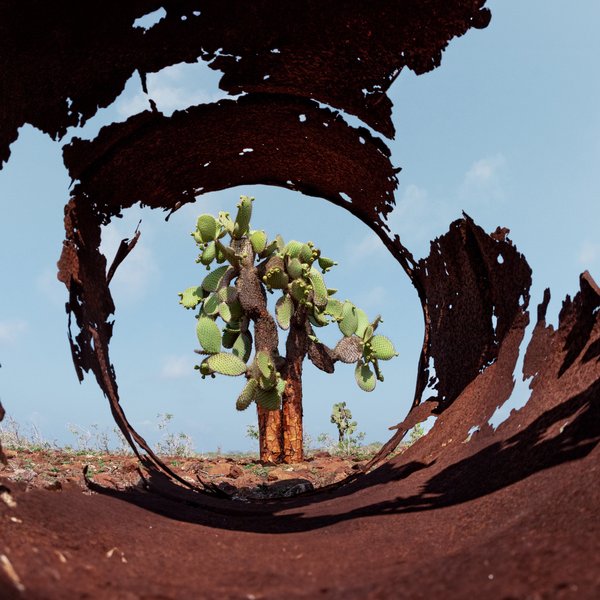
Land
Restoration of Arid ZonesIn Galapagos, 83% of the landmass falls within the arid zone. Restoring plant communities in this zone is challenging and slow, and natural regeneration in severely degraded areas is very limiting. Our scientists work to restore the arid habitat across various islands in the archipelago, notably Baltra Island, which has undergone significant human alteration, and special use sites such as garbage dumps and quarries on inhabited islands.
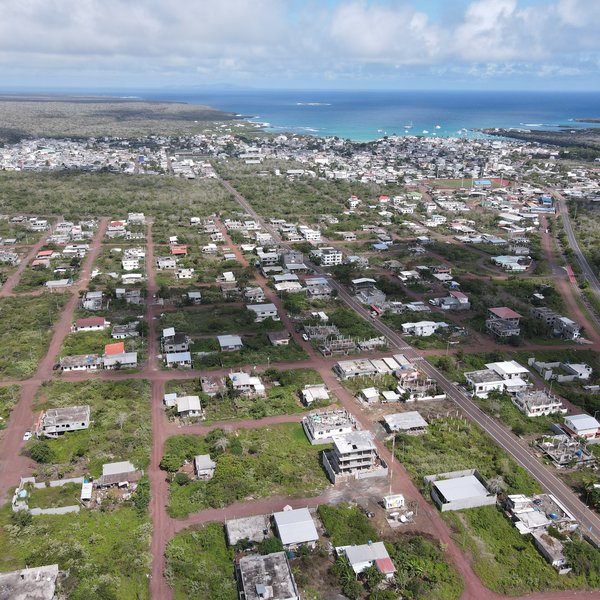
People
Urban and rural restorationWhile a mere 3% of the Galapagos Islands are home to people, our presence in this small fraction of the archipelago has put the native vegetation at risk. Our restoration program in urban and rural areas engages the local community in conservation and restoration efforts to secure the long-term health of these unique ecosystems.

